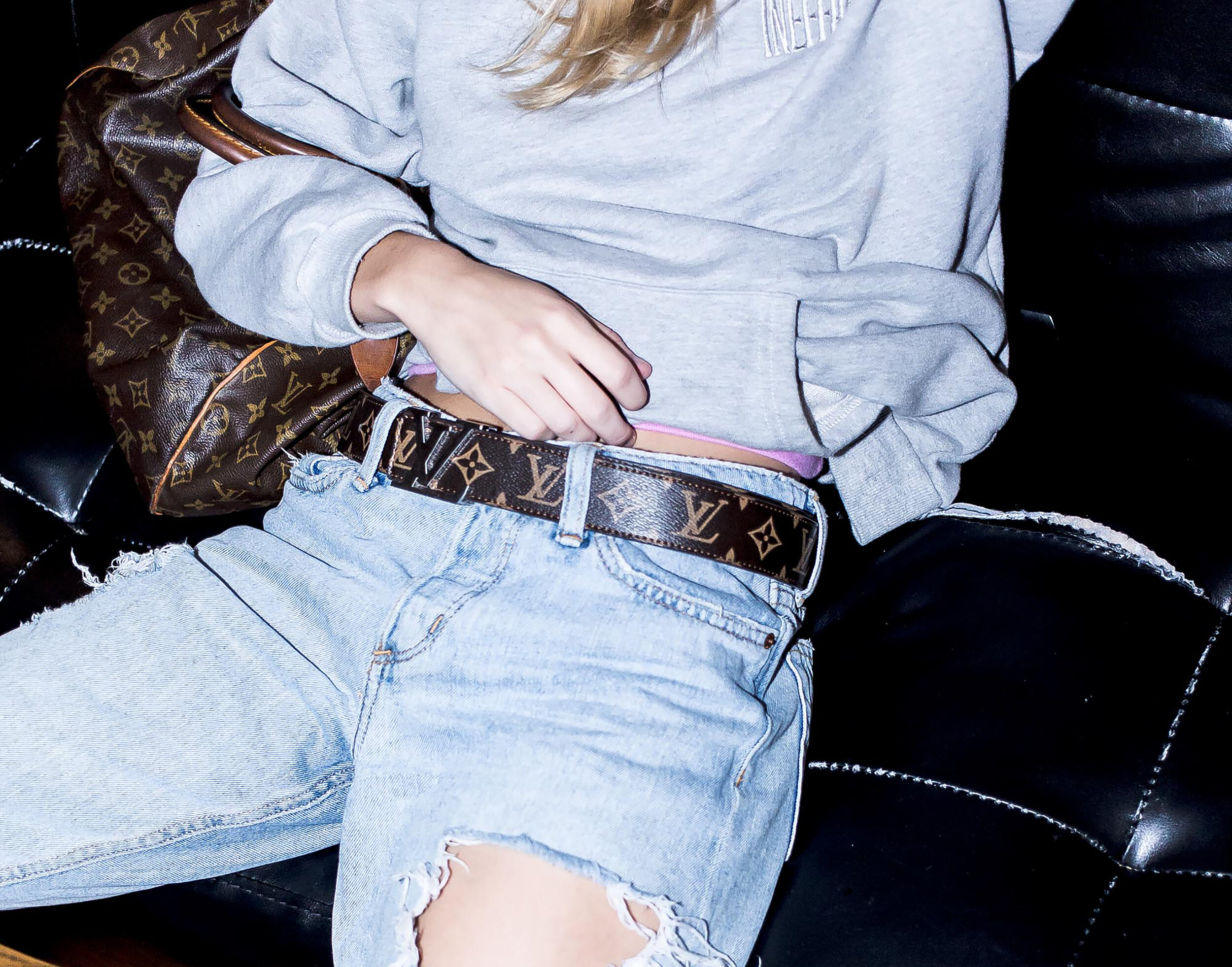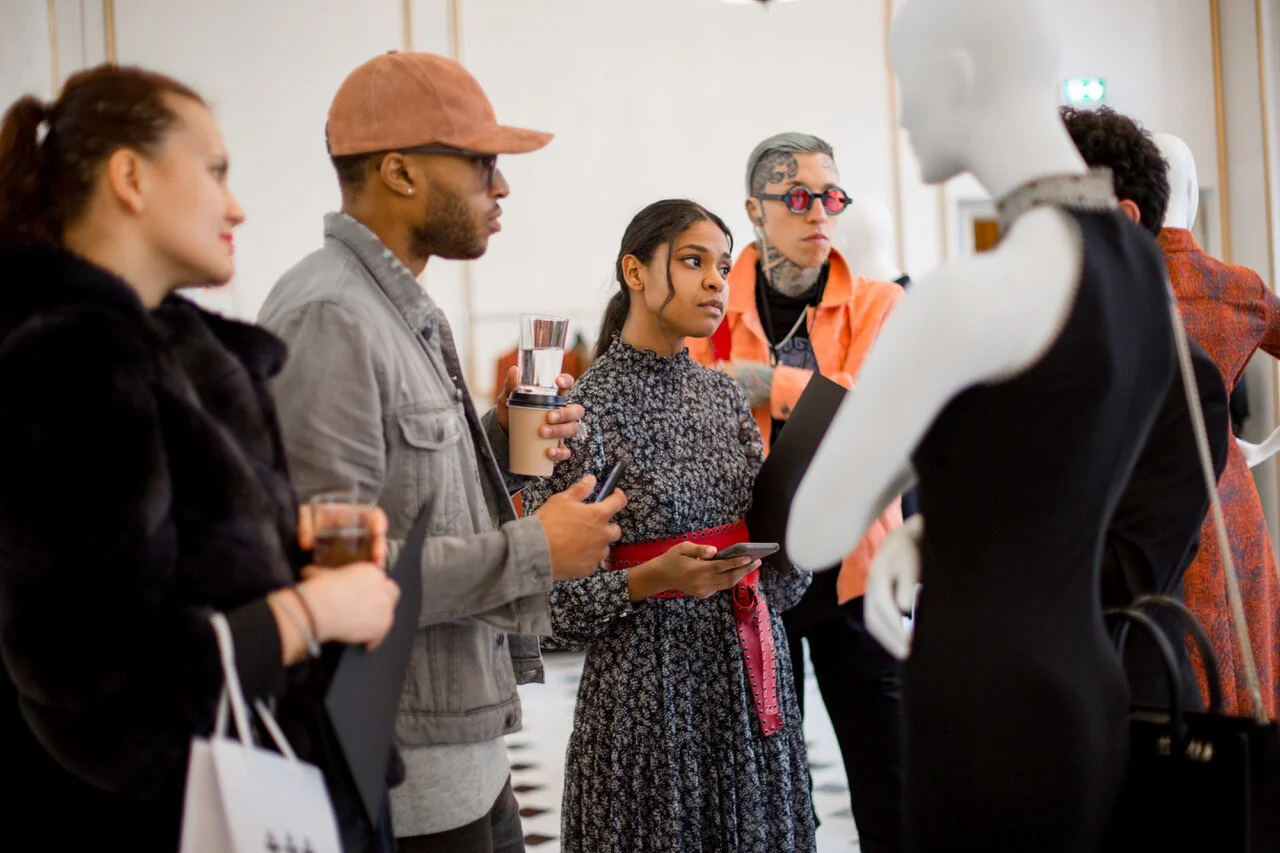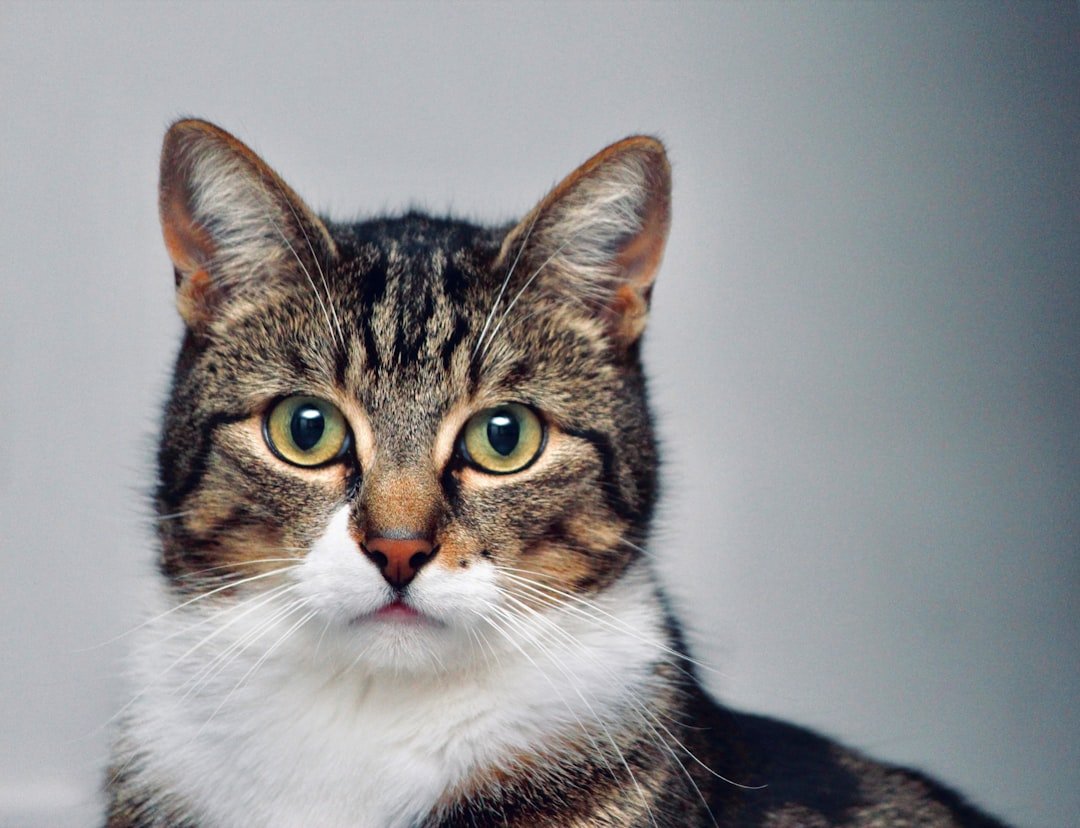How Luxury Shopping Habits Will Change Forever Because Of COVID-19
Written by Tanya Klich. This story was originally published in Forbes.
With Neiman Marcus filing for bankruptcy, surging unemployment figures and mandated store closures across the country, recent retail headlines have painted a gloomy future for the industry. The indulgent, nonessential nature of luxury retail, at first glance, should place the sector in even hotter water.
An archived snapshot of a guest with the co-founder of Moda Operandi Lauren Santo Domingo wearing a Louis Vuitton bag to a past fashion presentation in Paris, France.
PHOTO BY KIRSTIN SINCLAIR/GETTY IMAGES
But from vintage Hermes bags to sweatsuits that cost upwards of $1,250, luxury e-tailer Moda Operandi says its current bestsellers are proof that the luxury shopper is a different animal, even during the COVID-19 crisis. The Moda Operandi report found that amid all the uncertainty, the luxury shopper is still on the hunt, particularly for high-value timeless products.
“It’s all about how the luxury shopper views investor purchasing, which means fewer and better, with longevity,”
says Lisa Aiken, director of fashion and buying at Moda Operandi.
The report also finds that luxury customers do not mind shelling out for full-price items if it offers long-term value or is perceived as an investment piece. They’re also driven less by sales, discounts and practicality and more by emotions, promotional incentives and a flight to investment pieces, from Hermes accessories and Bulgari jewelry to everyday wardrobe staples like jeans.
Women wearing a protective mask walking past a closed store luxury brand Bulgari.
FABRICE COFFRINI / AFP
Moda Operandi is best known for giving shoppers full access to more than 1,000 brands and designer runway collections. The global e-commerce, which raised $100 million in venture funding earlier this year (bringing total equity capital raised to date to $345 million) released a report exploring which luxury brands, categories and price points are performing amid COVID-19.
The Moda site, where the average order value is about $2,000, serves as a litmus test for the state of luxury retail amid the uncertainty caused by COVID-19. By digging into their own customers’ shopping habits in the four weeks after March 9 (when the World Health Organization declared COVID-19 as a global pandemic), versus the four weeks prior, the company aimed to identify where high-end fashion is alive and kicking, despite economic uncertainty.
Moda Operandi ships to more than 125 countries. Meanwhile, luxury stores in Europe continue to enforce the nationwide lockdown measures to control the spread of COVID-19. (Photo by Stefano Guidi/Getty Images)
STEFANO GUIDI/GETTY IMAGES
According to the report, 72% of customers are willing to pay more for high quality wardrobe items as women opt for “a quality piece that will endure.” Shoppers are paying special attention to staple items like quality boots, winter coats and denim. Nearly 40% say shelling out extra for such items pay off in the long term when considering cost-per-wear ratio. Additionally, 13% plan to eventually resell the item while 12% hope to pass it to their offspring one day.
But of course, not all is rose gold for luxury brands. Moda has found that the global pandemic has led to a decline in daily average spending in April, while cities like New York and London have seen the sharpest dips in purchasing activity. Also, certain categories have flatlined. “Evening wear and event wear is, plausibly, going to be a challenging spot,” says Aiken.
The New Essentials
A woman uses a Fendi scarf as a mask following New York Governor Cuomo’s order that all residents must wear a face covering when social distancing is not possible amid the coronavirus pandemic on April 17, 2020.
ALEXI ROSENFELD/GETTY IMAGE
As the outbreak has transformed how we work and live, its full impact on the retail industry has yet to be seen. Aiken predicts that it will cause a fundamental shift in every facet, from the core fashion calendar to inventory management and markdowns.
But when it comes to the shopper’s immediate needs as a result of stay-at-home orders, searches for “sweats” and “sweatpants” have jumped by 50% and 85%, respectively, in recent weeks.
“It was so bizarre with sweatsuits,”
says Aiken.
“Sweatpants are having its own moment in fashion.”
A model walks the runway at the Fyodor Golan Autumn Winter 2018 fashion show during London Fashion Week 2018.
GETTY IMAGES
From bestsellers like the Intarsia Cashmere Sweater and Pants by Madeleine Thompson ($900 a set) to an Olivia von Halle silk tracksuit made of a silk and cashmere blend ($1,250), the luxury shopper is, unsurprisingly, focused on lavish loungewear while on lockdown. The desire for comfort goes for designer shoes, too, as pairs like the Balenciaga Track Logo Mesh kicks have already sold out in March, with a majority of orders taking place after March 9.
But the data did deliver some surprises, such as a spike in resort wear and swimwear, which saw double-digit growth versus last year.
“I didn't anticipate that but in retrospect, when I look at the theme of the Moda shopper, many of them most likely left the city so resort wear might actually be practical,”
says Aiken.
“They’re not in the city, they have outdoor getaway spaces.”
Hamptons summer house or not, the report says that a majority of Moda customers have expressed a deep desire to
“escape from their day-to-day—even just for a moment—and continue engaging with the fashion they love.”
Customers who can’t deny feelings of wanderlust and future getaways have flocked to items like Jacquemus’ La Robe Manosque Maxi Dress ($1,110), Moda’s top seller by revenue. Meanwhile the famous Versace Jungle Print Silk-Chiffon Dress ($6,825) worn on the runway by Jennifer Lopez during Milan Fashion Week in September 2019, continues to sell throughout April 2020.
MILAN, ITALY - SEPTEMBER 20: Jennifer Lopez walks the runway at the Versace show during the Milan Fashion Week Spring/Summer 2020 on September 20, 2019 in Milan, Italy. (Photo by Vittorio Zunino Celotto/Getty Images)
GETTY IMAGES
Shopping For A Cause
The report also found that luxury shoppers do not mind paying full price when there is charity tied to the transaction. Moda Operandi found that their “Shop for a Cause” initiative, where a percentage of proceeds of full price items were donated to relief efforts for COVID-19, led to a jump in daily average full-price sales.
Photo: courtesy of Karim Adduchi
“It’s apparent that businesses have to start speaking through the lens of being sensitive and being human about this situation in the past few weeks,”
says Aiken.
“[Shoppers] are looking for brands with a human touch on engagement, and talking in a voice that’s relevant right now. They have to be transparent about how they’re managing their workforce, sustainability efforts, safety and all the things that matter in this moment.”
The Moda report says 34% of its charitable shoppers were new customers or dormant customers whose accounts were inactive for a year, proving that luxury buyers are drawn to opportunities where their propensity for high fashion can somehow help a world in crisis-mode.
COMMENT OR TAKE OUR PAGE READER SURVEY
Featured















Tap to read…